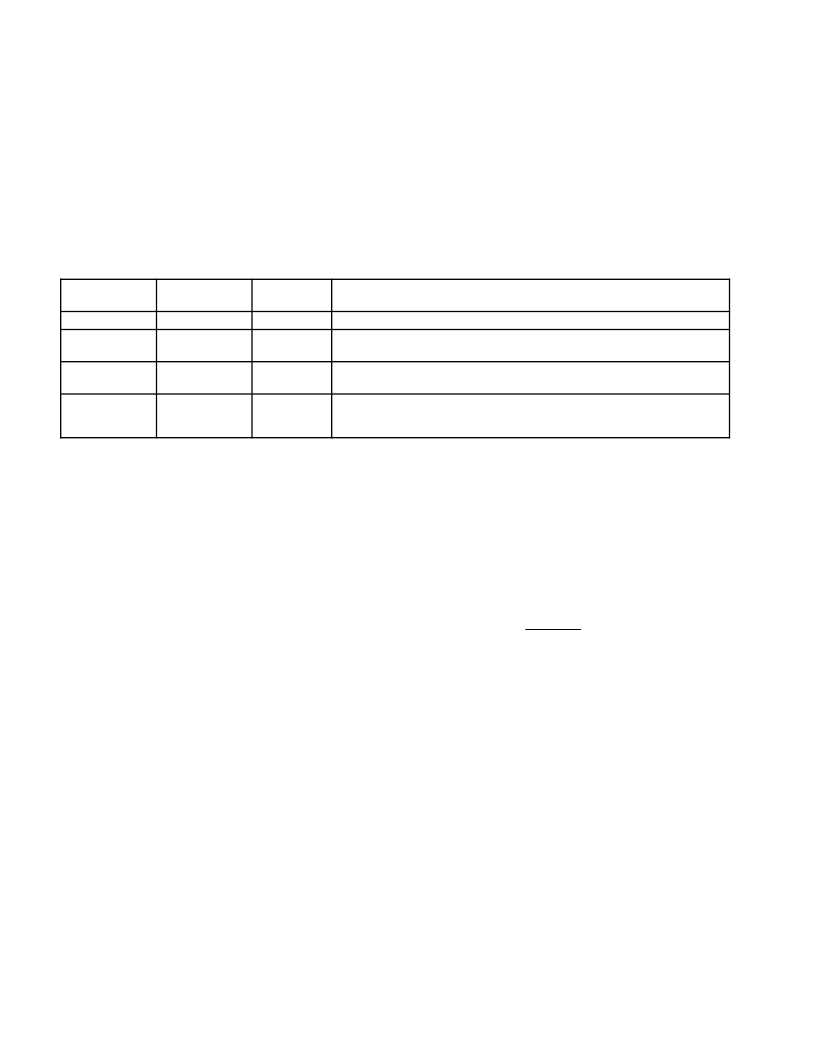- 您現(xiàn)在的位置:買賣IC網(wǎng) > PDF目錄369950 > PCI1520-EP Military Enhanced Plastic PC Card Controllers Data Manual PDF資料下載
參數(shù)資料
| 型號(hào): | PCI1520-EP |
| 英文描述: | Military Enhanced Plastic PC Card Controllers Data Manual |
| 中文描述: | 軍事增強(qiáng)塑料PC卡控制器數(shù)據(jù)手冊 |
| 文件頁數(shù): | 36/125頁 |
| 文件大?。?/td> | 716K |
| 代理商: | PCI1520-EP |
第1頁第2頁第3頁第4頁第5頁第6頁第7頁第8頁第9頁第10頁第11頁第12頁第13頁第14頁第15頁第16頁第17頁第18頁第19頁第20頁第21頁第22頁第23頁第24頁第25頁第26頁第27頁第28頁第29頁第30頁第31頁第32頁第33頁第34頁第35頁當(dāng)前第36頁第37頁第38頁第39頁第40頁第41頁第42頁第43頁第44頁第45頁第46頁第47頁第48頁第49頁第50頁第51頁第52頁第53頁第54頁第55頁第56頁第57頁第58頁第59頁第60頁第61頁第62頁第63頁第64頁第65頁第66頁第67頁第68頁第69頁第70頁第71頁第72頁第73頁第74頁第75頁第76頁第77頁第78頁第79頁第80頁第81頁第82頁第83頁第84頁第85頁第86頁第87頁第88頁第89頁第90頁第91頁第92頁第93頁第94頁第95頁第96頁第97頁第98頁第99頁第100頁第101頁第102頁第103頁第104頁第105頁第106頁第107頁第108頁第109頁第110頁第111頁第112頁第113頁第114頁第115頁第116頁第117頁第118頁第119頁第120頁第121頁第122頁第123頁第124頁第125頁

3
–
8
There are two types of PC Card controllers to consider.
Legacy controller not using the standardized ZV register model
Software reads bit 10 (STDZVREG) of the socket control register (CardBus socket address + 10h) to
determine if the standardized zoomed-video register model is supported. If the bit returns 0, then software
must use legacy code to enable zoomed video.
Newer controller that uses the standardized ZV register model
Software reads bit 10 (STDZVREG) of the socket control register (CardBus socket address + 10h) to
determine if the standardized zoomed-video register model is supported. If the bit returns 1, then software
can use the process/register model detailed in Table 3
–
4 to enable zoomed video.
Table 3
–
4. Zoomed-Video Card Interrogation
ZVSUPPORT
(this socket)
ZVSUPPORT
(other socket)
ZV_ACTIVITY
ACTION
1
X
0
Set ZVEN to enable zoomed video.
1
X
1
Display a user message such as,
“
The zoomed video protocol required by this PC
Card application is already in use by another card.
”
0
0
X
Display a user message such as,
“
This platform does not support the zoomed-video
protocol required by this PC Card application.
”
0
1
X
Display a user message such as,
“
This platform does not support the zoomed-video
protocol required by this PC Card application in this PC Card socket. Please remove
the card and re-insert in the other PC Card socket.
”
3.5.5
Internal Ring Oscillator
The internal ring oscillator provides an internal clock source for the PCI1520 so that neither the PCI clock nor an
external clock is required in order for the PCI1520 to power down a socket or interrogate a PC Card. This internal
oscillator, operating nominally at 16 kHz, can be enabled by setting bit 27 (P2CCLK) of the system control register
(PCI offset 80h, see Section 4.29) to 1. This function is disabled by default.
3.5.6
Integrated Pullup Resistors
The
PC Card Standard
(release 7.1) requires pullup resistors on various terminals to support both CardBus and 16-bit
card configurations. Unlike the PCI12XX, PCI1450, and PCI4450 which required external pullup resistors, the
PCI1520 has integrated all of these pullup resistors. The I/O buffer on the BVD1(STSCHG)/CSTSCHG terminal has
the capability to switch either pullup or pulldown. The pullup resistor is turned on when a 16-bit PC Card is inserted,
and the pulldown resistor is turned on when a CardBus PC Card is inserted. This prevents unexpected CSTSCHG
signal assertion. The integrated pullup resistors are listed in Table 3
–
5.
相關(guān)PDF資料 |
PDF描述 |
|---|---|
| PCI1620GHK | Controller Miscellaneous - Datasheet Reference |
| PCI1620PDV | Controller Miscellaneous - Datasheet Reference |
| PCI2050A | 32-Bit. 66MHz. 9-Master PCI-to-PCI Bridge |
| PCI2050GHK | BUS CONTROLLER |
| PCI2050PDV | BUS CONTROLLER |
相關(guān)代理商/技術(shù)參數(shù) |
參數(shù)描述 |
|---|---|
| PCI1520GHK | 功能描述:外圍驅(qū)動(dòng)器與原件 - PCI PC CARD CONTROLLER RoHS:否 制造商:PLX Technology 工作電源電壓: 最大工作溫度: 安裝風(fēng)格:SMD/SMT 封裝 / 箱體:FCBGA-1156 封裝:Tray |
| PCI1520I | 制造商:TI 制造商全稱:Texas Instruments 功能描述:PC CARD CONTROLLERS |
| PCI1520IGHK | 功能描述:外圍驅(qū)動(dòng)器與原件 - PCI PC CARD CONTROLLER RoHS:否 制造商:PLX Technology 工作電源電壓: 最大工作溫度: 安裝風(fēng)格:SMD/SMT 封裝 / 箱體:FCBGA-1156 封裝:Tray |
| PCI1520IGHKEP | 功能描述:外圍驅(qū)動(dòng)器與原件 - PCI Mil Enhance PC Card Cntrlr Data Manual RoHS:否 制造商:PLX Technology 工作電源電壓: 最大工作溫度: 安裝風(fēng)格:SMD/SMT 封裝 / 箱體:FCBGA-1156 封裝:Tray |
| PCI1520IPDV | 功能描述:外圍驅(qū)動(dòng)器與原件 - PCI PC CARD CONTROLLER RoHS:否 制造商:PLX Technology 工作電源電壓: 最大工作溫度: 安裝風(fēng)格:SMD/SMT 封裝 / 箱體:FCBGA-1156 封裝:Tray |
發(fā)布緊急采購,3分鐘左右您將得到回復(fù)。